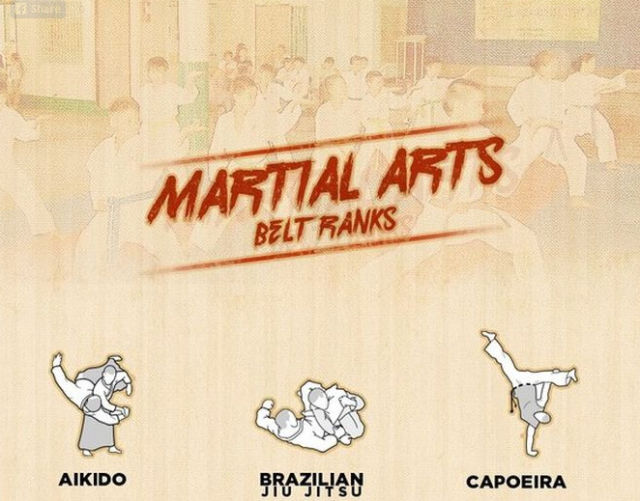The Worldwide History And Improvement Of Martial Arts
The Worldwide History And Improvement Of Martial Arts
Blog Article
Published By-Chu Graham
Martial arts have an interesting background that covers centuries and continents. You could locate it interesting exactly how ancient methods like Shuai Jiao and Kalaripayattu prepared for modern-day battle strategies. These self-controls not only emphasize physical abilities yet also reflect the societies that birthed them. As you explore their evolution, consider exactly how globalization has transformed these conventional forms into crossbreed styles. What impacts do you assume have formed today's martial arts landscape?
Ancient Martial arts: The Structures of Combat
As you explore the globe of old martial arts, you'll discover the rich structures that formed combat strategies throughout cultures. Very early techniques focused on Self-Defense and survival, often incorporating strikes, grappling, and weapons.
In ancient China, for instance, strategies like Shuai Jiao highlighted tosses and joint locks, while India's Kalaripayattu showcased dexterity and fluid motion. where is martial arts from developed Kenjutsu, a polished swordsmanship that highlighted technique and technique.
These martial arts served not just for battle but likewise as a way of individual growth, instilling worths like respect and willpower. The blending of these strategies over time laid the groundwork for the varied martial arts you see today, each mirroring the unique philosophies and needs of its culture.
The Social Influence on Martial Arts Growth
While martial arts frequently show the sensible demands of a society, they also personify the cultural values and ideas of their beginnings. When you explore different martial arts, you'll discover how they're affected by religious beliefs, philosophy, and social norms.
For example, the focus on respect and technique in Japanese martial arts stems from Zen Buddhism and samurai culture. On the other hand, Brazilian Jiu-Jitsu promotes flexibility and approach, formed by the demand for performance in a varied, multicultural atmosphere.
You may discover that the rituals, attires, and training methods reflect a neighborhood's history and identification. By understanding these social influences, you grow your appreciation of martial arts and their duty in shaping human experiences around the world.
Modern Adaptations and the Globalization of Martial arts
Martial arts have changed considerably in current years, adapting to modern culture and global impacts. read review 'll discover that conventional types have blended with modern-day strategies, producing hybrid styles like mixed martial arts. These adjustments deal with varied target markets, making martial arts easily accessible and attractive worldwide.
With the rise of social networks and electronic platforms, you can find tutorials and competitors from all corners of the world, breaking geographical barriers. This globalization has caused a common recognition for different techniques, from Brazilian Jiu-Jitsu to Taekwondo.
As browse around here involve with these arts, you'll understand they're not just about battle; they promote fitness, self-control, and mental wellness.
Eventually, modern-day adjustments have actually improved the martial arts landscape, making it a vibrant and progressing method.
Final thought
In exploring the history and development of martial arts, you reveal a remarkable blend of methods, cultures, and viewpoints. From old self-controls like Shuai Jiao and Kalaripayattu to the contemporary adaptability seen in MMA, martial arts show humankind's quest for Self-Defense and personal growth. As you engage with these techniques, you not just get skills but also a much deeper appreciation for the diverse customs that shape our world today. So, proceed your journey and welcome the art of battle!
